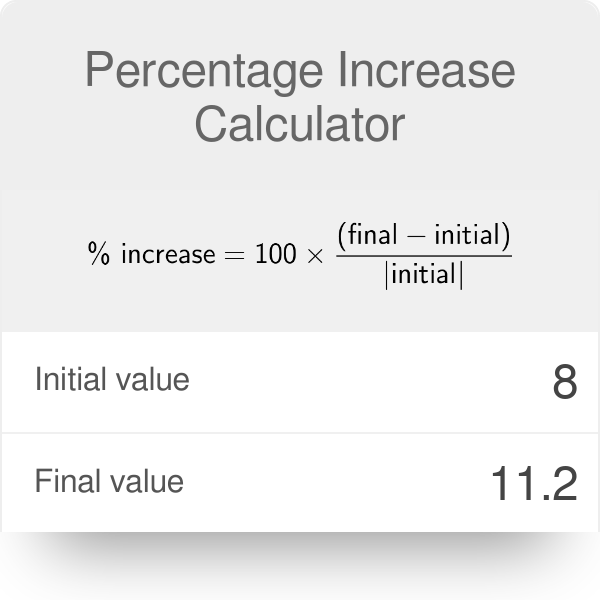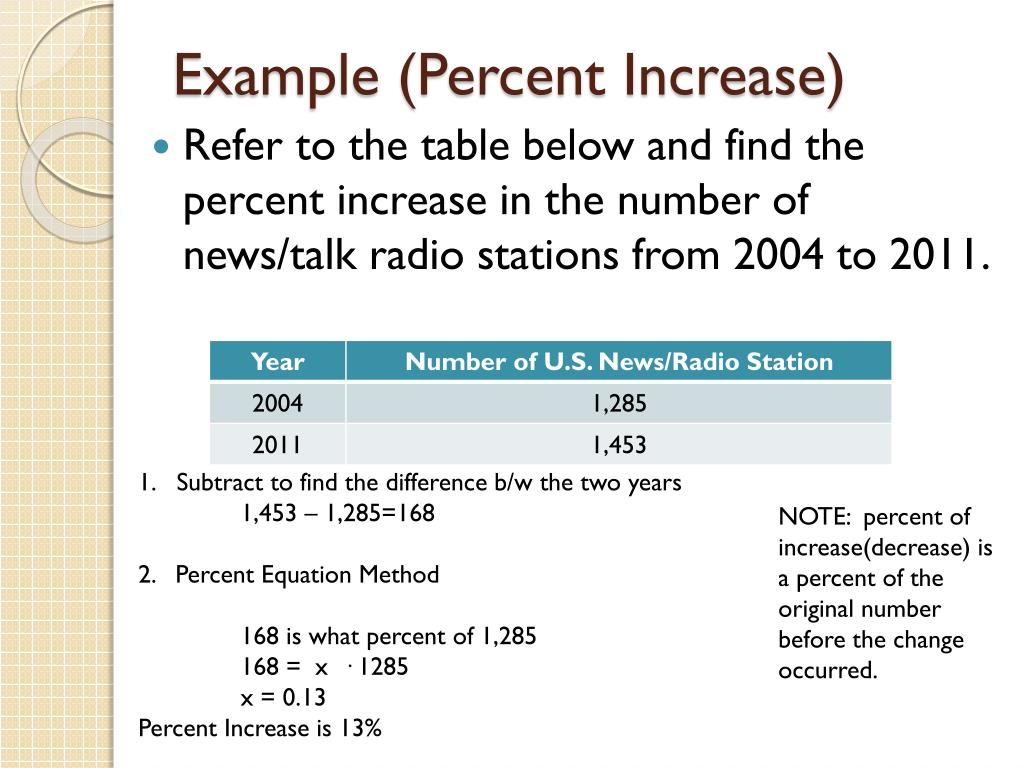

If you want to find out what part of the total a few different products make, add up the results returned by several SUMIF functions, and then divide that number by the total.

Naturally, you can put the product name directly in the formula, like this: Given that column A contains all product names, column B lists corresponding quantities, cell E1 is the name of the product you are interested in, and the total is in cell B10, your real-life formula may look similar to this: =SUMIF(range, criteria, sum_range) / total In this case, you can use the SUMIF function to add up all numbers relating to a given product first, and then divide that number by the total, like this: In the above example, suppose you have several rows for the same product and you want to know what part of the total is made by all orders of that particular product. The screenshot below demonstrates the results returned by the formula, the Percentages of Total column is formatted as percentage with 2 decimal places showing.Įxample 2. To make the denominator an absolute reference, either type the dollar sign ($) manually or click the cell reference in the formula bar and press F4. But you enter $B$10 as an absolute cell reference because you want to leave the denominator fixed on B10 when auto-filling the formula down to row 9. You use a relative cell reference to cell B2 because you want it to get changed when you copy the formula to other cells of column B. In this case, the percentage formula will be similar to the one we've just discussed with the only difference that a cell reference in the denominator is an absolute reference (with $).The dollar sign fixes the reference to a given cell, so that it never changes no matter where the formula is copied.įor example, if you have some values in column B and their total in cell B10, you'd use the following formula to calculate percentages of the total: The total is at the end of the table in a certain cellĪ very common scenario is when you have a total in a single cell at the end of a table. Now, let's investigate a few more examples that will help you make quick work of calculating a percent of a total in Excel on different data sets. In fact, the above example is a particular case of calculating percentages of a total. In the following example, column D displays a rounded percent of delivered items, without any decimal places showing. The same sequence of steps shall be performed when using any other percentage formula in Excel.

In this tutorial, we are going to explore a few techniques that will help you efficiently calculate percent in Excel and learn the basic percentage formulas that will take the guesswork out of your calculations. Is this a good deal? And how much will you eventually have to pay?
#Percentage increase code#
Say, you've been lucky enough to get a 25% off promotion code on a new plasma TV. In this tutorial, you will lean a quick way to calculate percentages in Excel, find the basic percentage formula and a few more formulas for calculating percentage increase, percent of total and more.Ĭalculating percentage is useful in many areas of life, whether it is restaurant tipping, reseller commission, your income tax or interest rate.


 0 kommentar(er)
0 kommentar(er)
